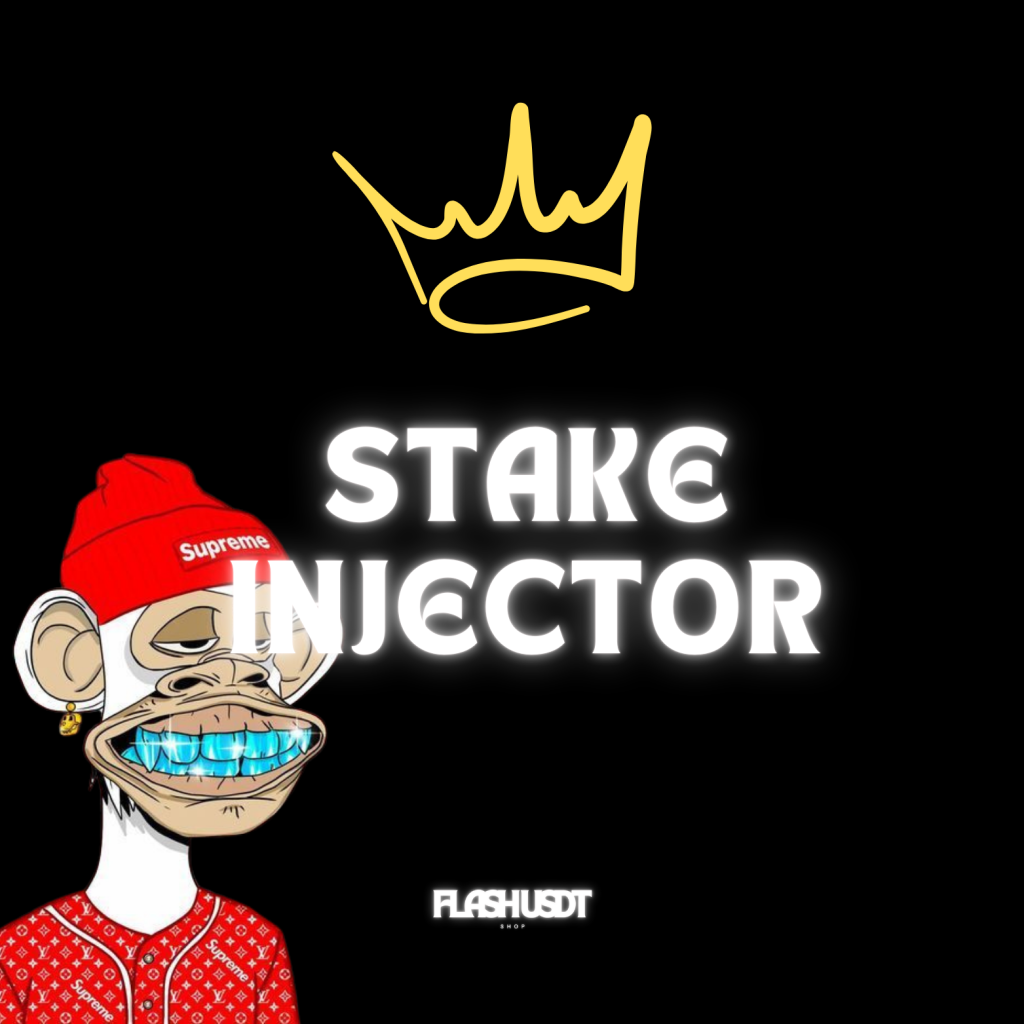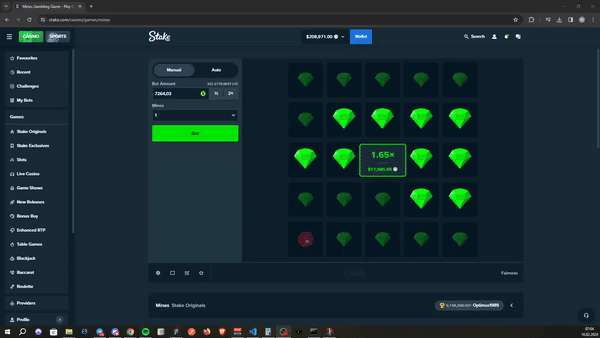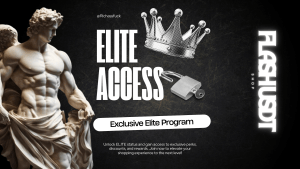

The Hidden World of Fake Stake Balances: How Content Creators and Resellers Make Money
In the world of online gambling and streaming, platforms like Stake.com and Stake.us have gained massive popularity. However, behind the flashy gameplay and high-stakes bets showcased by YouTubers and influencers, there’s a lesser-known, controversial practice that often goes unnoticed: Fake Balance Injection.
This post explores how content creators, resellers, and influencers profit from this method, turning it into a lucrative business.
The Stake Injector: What Is It?
The Stake Injector is a tool designed to fake balance in popular gambling platforms like Stake.com and Stake.us. This tool allows users to simulate massive deposits, often displaying extravagant balances running into hundreds of thousands or even millions of dollars. These inflated balances create the illusion of high-stakes gambling for an audience, especially on platforms like YouTube or Twitch.
This technique is used by:
YouTubers
Content creators
Influencers
Resellers
How Content Creators & Influencers Use the Fake Stake Injector to Make Money
a. Reselling the Injector
Reselling the Stake Injector tool can generate considerable profit. Resellers partner with YouTubers or content creators, offering this tool for anywhere between $500 to $1000. By faking a large balance on these platforms, content creators can boost their viewership, as the appearance of high-risk gambling is an enticing hook for many.
This business model is simple:
Resellers sell the injector for up to $1000.
YouTubers use the injector to create fake balance footage.
Both parties profit — resellers from the sale and content creators from the attention they gain.
b. YouTubers and Fake Stake Balances
YouTubers leverage the illusion of gambling millions of dollars to create exciting, adrenaline-filled content. They post videos like “Spending $1 Million on Stake.com!” or “Winning $500,000 in One Bet,” which can go viral due to the jaw-dropping nature of these claims.
Here’s how they make money:
YouTube Ad Revenue: These videos can easily garner millions of views. With a high view count, content creators benefit from YouTube’s ad revenue system, where they can make substantial profits depending on their audience size and engagement.
Brand Deals: When videos of large gambling amounts go viral, brands are eager to partner with these creators, offering sponsorship deals.
Donations and Paid Memberships: On platforms like YouTube and Twitch, fans might donate or subscribe to exclusive content, thinking they’re supporting a creator who regularly risks big amounts of money.
c. Partnerships with Gambling Sites
Beyond YouTube earnings, many content creators also form partnerships with gambling platforms like Stake.com and Stake.us. Here’s how this works:
Affiliate Programs: YouTubers promote gambling platforms through affiliate links, earning commissions when viewers sign up and play on the platform.
Sponsorships: Popular creators often get sponsorship deals directly from gambling platforms. These sponsorships could pay them to feature the site in their videos or streams.
Fake Wins Drive Real Traffic: The illusion of massive wins through fake balances inspires viewers to try their luck, driving traffic to these sites and potentially resulting in high conversion rates.
In many cases, gambling platforms themselves benefit from these partnerships, gaining exposure to massive audiences that trust the content creators they follow.
The Ethics Behind Fake Balance Injection: A Growing Controversy
While many content creators profit from these tactics, the ethics behind fake balance injection are questionable at best. Faking high stakes and wins can mislead viewers, giving them a false sense of how easy it is to win money on gambling platforms.
Here are the key ethical concerns:
Misleading Audiences: Viewers are misled into thinking these creators are winning huge amounts, potentially encouraging them to gamble without fully understanding the risks.
Promotion of Gambling: Many content creators, knowingly or unknowingly, promote gambling in a way that glamorizes it, often ignoring the dangers of addiction.
No Transparency: There’s rarely any disclosure that the money shown on these videos is fake, creating a culture of deception.
The Financial Flow: How Much Money Are We Talking?
Here’s a breakdown of how much money creators and resellers can make:
Reselling Stake Injector: $500 to $1000 per sale.
YouTube Revenue: Based on video views, a creator could earn from $5 to $18 per 1000 views, depending on factors like audience demographics and ad engagement. A video with 1 million views can generate anywhere from $5000 to $18,000.
Affiliate Earnings: With a successful affiliate program, creators can make 5% to 20% commissions from gambling site earnings when viewers sign up and deposit money.
Sponsorship Deals: Gambling platforms may offer thousands of dollars in sponsorships for promoting their brand to a large audience.
With this multi-layered monetization strategy, top creators in this niche can earn hundreds of thousands of dollars per year.
The Risks for Viewers and the Community
While content creators and resellers rake in money, viewers who are unaware of the manipulation are at risk of developing unhealthy gambling habits. They may be convinced by these videos to sign up and gamble on platforms like Stake.com or Stake.us, believing they too can win big. However, the truth is that gambling always favors the house in the long run, and many viewers could face financial losses.
Conclusion
The world of fake balance injection and high-stakes gambling videos is lucrative for those involved, but it’s also a deceptive practice. Resellers, YouTubers, and influencers make significant money by showcasing fake balances and partnering with gambling platforms. However, the ethical concerns surrounding this practice, along with its potential to mislead viewers, are serious issues that the community must address.



Leave a reply